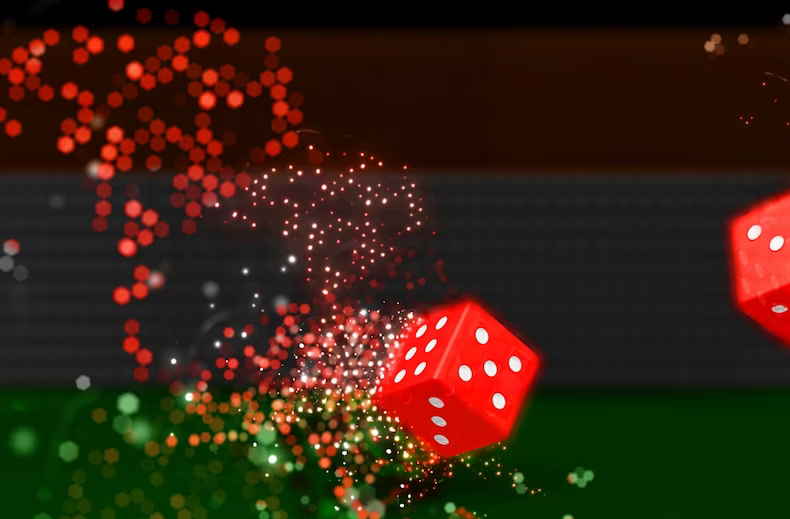It should not come as a surprise, but not everyone is equally well versed in sports betting. Most bettors bet somewhere around 50-50 (in other words, below the 52.4% clip required to make a profit on standard points spread bets, with some lower and some higher).
Now the term “significantly” must be contextualized in this usage. For example, no one gets into 75% of their draws over time. But a very experienced player might have somewhere around 55%, and some even around 60%. Betters who hold such a win rate for a long period of time are called balls.

What is a sharp?
In sports betting, a cheater is a player who wins in the long run, and whose opinion is well respected by the bookies.
When an experienced player makes a bet, bookmakers notice this and may even change their lines as a result. If several experienced players converge on the same side in a game, the line will almost certainly change, even if that side is not popular.
How to find out which sharps are betting on?
There are several ways to evaluate sharp action (what sharp players are betting on). Some of the simplest ones include comparing bet percentages to money percentages, as well as moving the line and finding pairs.
Our PRO report breaks down sharp action in specific games, while our Sports Insights betting signals give you detailed insights into real-time market movement, including pairs, line reversal, and more.
Discrepancies in rates and money
Something to note about experienced gamblers: they don’t gamble for the thrill of the sweat (although that’s probably why many started). These are professionals who consider sports betting a serious source of income. So they don’t just invest $25 in a game they like.
With that in mind, comparing the percentage of tickets (bets) to the percentage of real money on the other side can give a good idea of how sharks bet.
If, for example, only 25% of the bets are in the Northwest against Michigan, but the Wildcats also have 55% of the money, there’s a pretty good chance there are sharp players in that 25%.
Reverse line movement
A line reversal occurs when the betting line moves away from the popular side and is perhaps the most obvious sign of abrupt action.
Returning to the example above, if all you know is that 25% of the bets are in the Northwest, but you see that Michigan has dropped from -10 to -9 since the line opened, you can safely assume − except for injuries or other game factors are changing – bookies want to operate more in Michigan because their more astute clients are betting in the Northwest.
In other words, take a step back and ask yourself why the bookies changed the spread to make it easier for most of their customers to win this bet. Most likely, they either have significant monetary obligations or have been influenced by drastic actions. And in many cases, one means the other.
Steam movements
Sharp action is defined as the sudden, abrupt, and uniform movement of a line in the sports betting market and is usually the result of multiple bookies taking sudden action on the same bet at the same time.
Sharp is not easy to track without the help of betting service, as it requires either an open odds page with real-time updated numbers from across the market or a feature such as Sports Insights betting signals that track and record each event in real-time.
Should you take sharp action?
Since fast bettors make long-term gains, the simple answer to this question is yes, but what makes the answer not so simple is that it is next to impossible to follow the fast action truly.
Since sharp actions usually result in line shifts, it is difficult to bet the same as sharp players.
In the example under the heading “reverse movement of the line,” it is safe to assume that speculators bet on the Northwest at +10. But are they still betting on Wildcats +9? We would only know for sure if the line dropped further to +8.5, in which case we would still have to ask the same question with a new number (this is one of the reasons why it is important to have accounts with multiple bookmakers, as some may not move lines as fast as others).
Another danger of trying to follow sharp moves is that some seemingly drastic moves may end up being part of a larger “setup” to create a more favorable betting line that astute players actually want to make.
For example, a tricky player or tricky syndicate (group) might try to create par by betting on a given team, only to come back with even higher stakes on the other side once the line moves to a more desirable number. But either way, whether you decide to follow big money or not, knowing how the pros bet on these games can only help you in the long run.
Leave a Reply